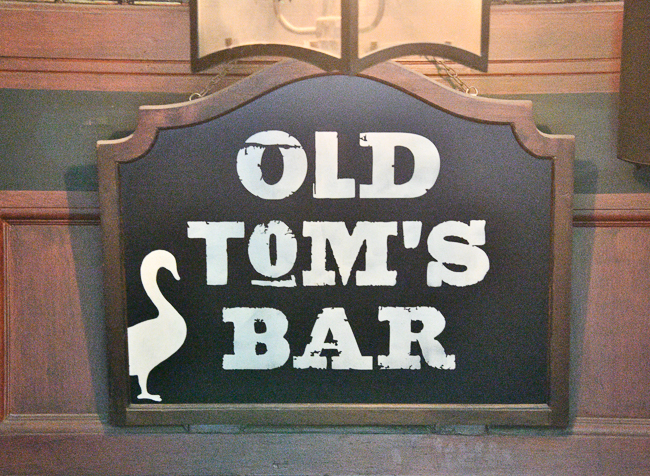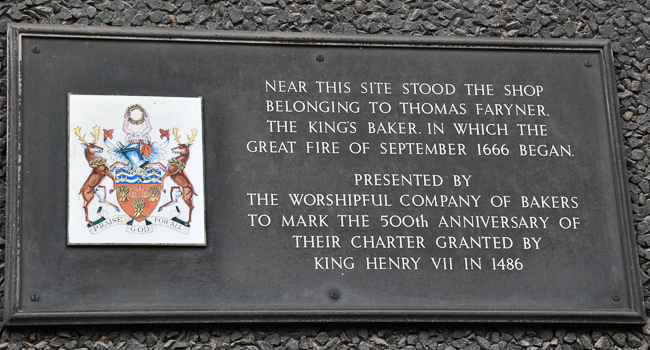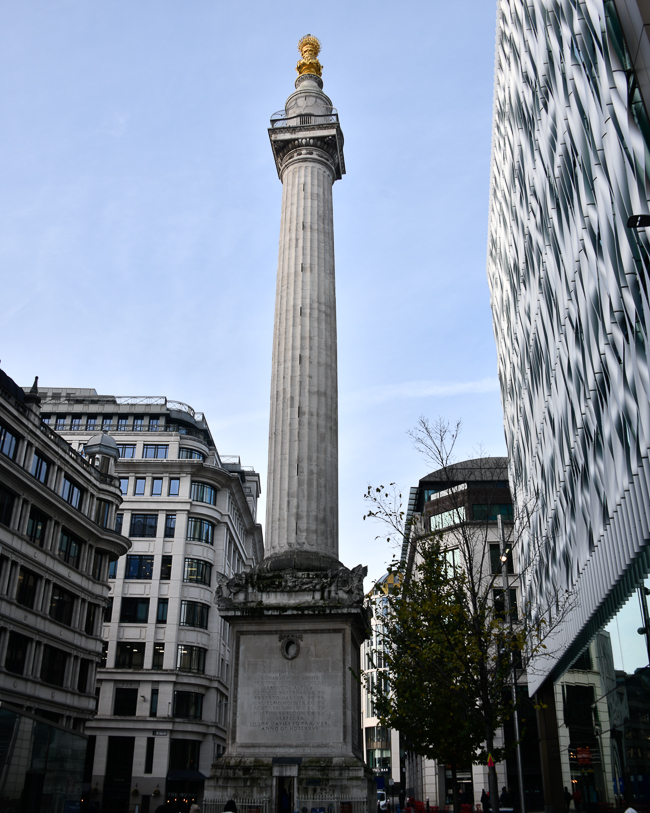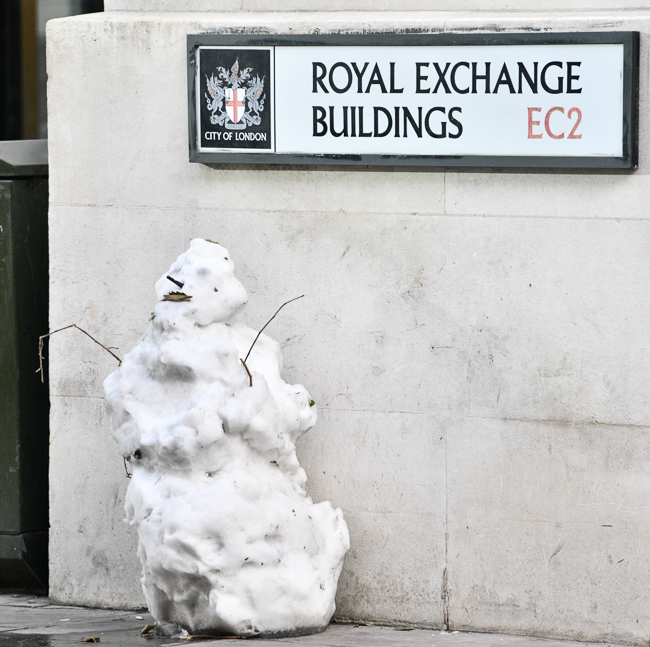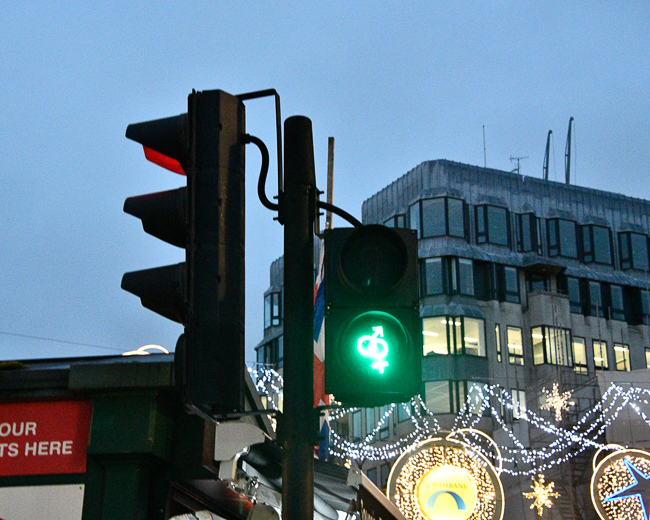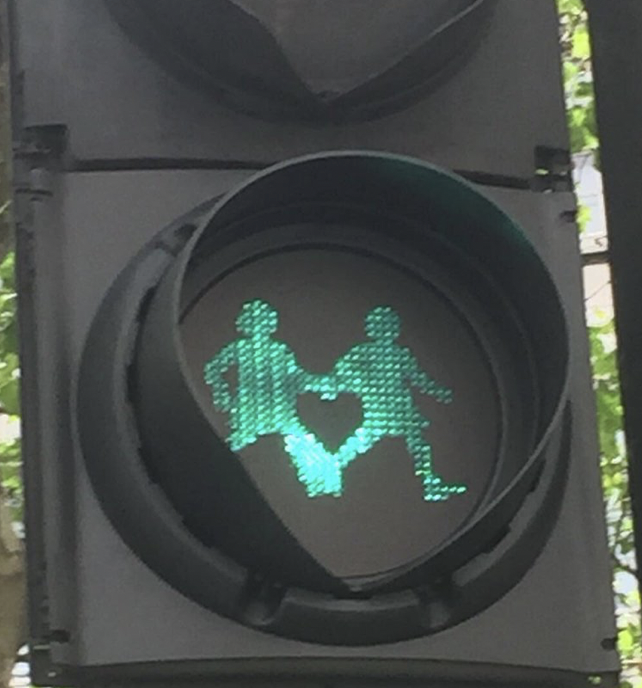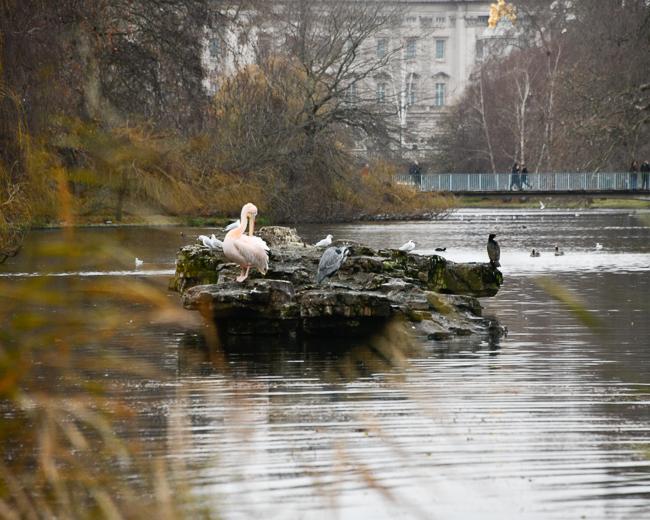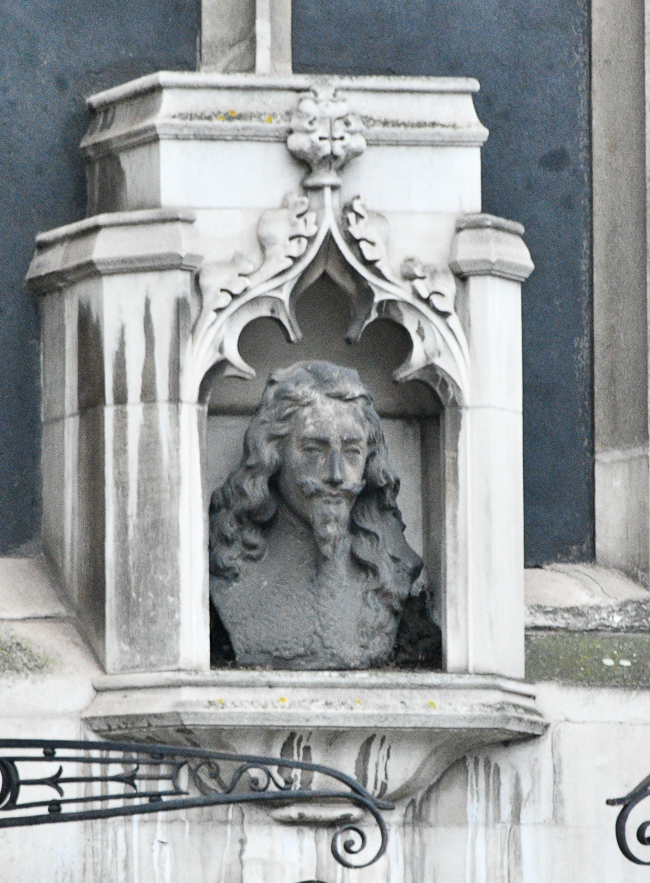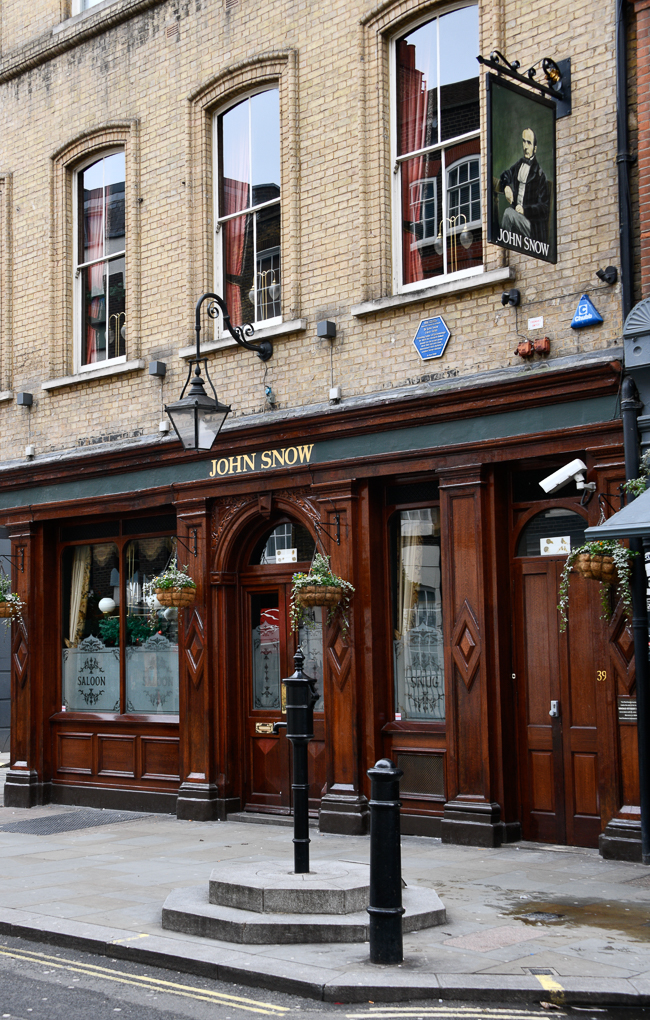December 2022
I took a Christmas-Food-themed walking tour put on by London Walks. When discussing Christmas geese, we were brought to this very interesting little spot in Leadenhall.
In the 1800s, Old Tom, a gander from Ostend, Belgium, became a fixture in the market. Somehow Tom never made it to anyone’s dinner table and became a regular fixture at the market. He lived to the age of 37 when he died of natural causes and was buried on the market site. He was so famous the Times ran his obituary on April 16th, 1835; it read:
‘This famous gander, while in stubble,
Fed freely, without care or trouble:
Grew fat with corn and sitting still,
And scarce could cross the barn-door sill:
And seldom waddled forth to cool
His belly in the neighbouring pool.
Transplanted to another scene,
He stalk’d in state o’er Calais-green,
With full five hundred geese behind,
To his superior care consign’d,
Whom readily he would engage
To lead in march ten miles a-stage.
Thus a decoy he lived and died,
The chief of geese, the poulterer’s pride.’
When discussing pies and such, we stopped in front of the Bakers Company, which is essentially a bakers guild. The manager was locking up and invited us in for a history lesson. The chance stop was a delight and education into the livery system of London. The Bakers’ Company can trace its origins back to 1155 and is the City of London’s second oldest recorded guild.
Not far from the Bakers Company building is the monument to the 1666 London Fire.
The fire started in Pudding Lane shortly after midnight on Sunday, September 2nd, and spread rapidly.
Constructed between 1671 and 1677, ‘The Monument’ was built on the site of St Margaret – New Fish Street, the first church to be destroyed by the Great Fire.
*
In honor of gay pride and the mass shooting at the Orlando Gay Club in the US, London has installed some fun and supportive pedestrian traffic signals. There are several iterations, here are just two I was able to snap a picture of.
It was just a fluke I caught this fellow and his heron friend. Due to the Avian Flu, all of the Pelicans of St. James Park have been rounded up and are being sequestered away from danger; I guess this guy didn’t get the memo. In 1664, pelicans were given to Charles II by a Russian Ambassador. Over the course of history, there have been forty pelicans at St. James; there are presently six at the park: Sun, Moon, Star, Tiffany, Isla, and Gargi (who is actually wild and the only one without his wings clipped).
There are so many statues around London, as there are with any city with this much history. It is worth admiring most of them, but hardly worth a discussion; these two are interesting for a story, and while not true, it is still fun.
These two men as nemesis is a kind way of stating it. For those not up on British history, Cromwell was responsible for the execution of King Charles. So as Cromwell sits on Parliament grounds with his head bowed in thought and, some say, “avoiding the gaze from King Charles” across the street, one has to wonder upon their relationship.
The problem with the myth of the statues is that Cromwell’s statue was erected in 1899 to a design by Sir William Thornycroft, and the bust of King Charles I wasn’t donated to the Church by The Society of King Charles the Martyr until 1956.
The Signs of Lombard Street
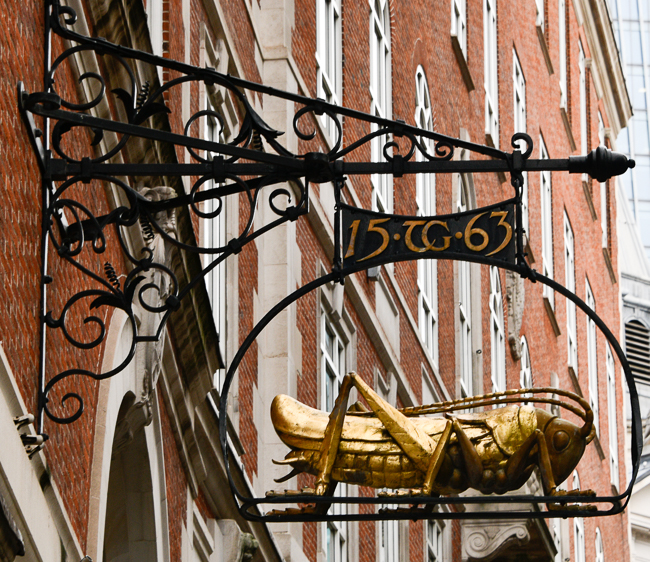
The grasshopper was the family sign of Thomas Gresham, who lived here in the 16th century. Gresham founded the Royal Exchange, inspired by Antwerp’s Bourse. London’s first central trading hub was opened by Queen Elizabeth I in 1571.
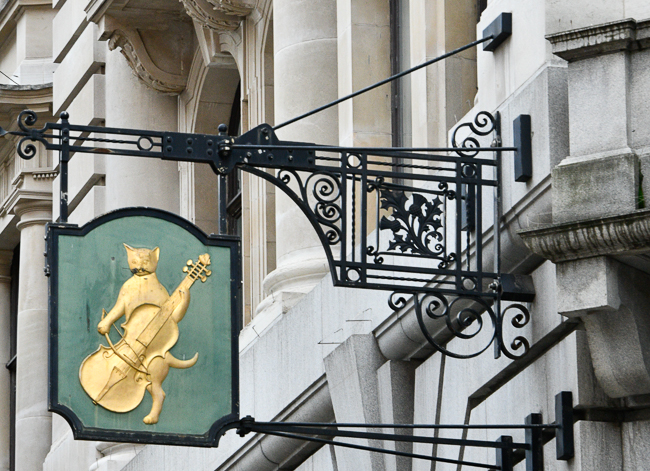
The first record of a shop under the cat-a-fiddling was back in the reign of Henry VI (1422-16, then 1470-71). It was a second-hand clothes shop.
In 1290 King Edward I ruled that all Jews should be expelled from The City. Soon The City of London began to fill with Italians from Lombardy. Lombard Street and its environs became home to small goldsmiths or family-run banks.
Not all Londoners could read, and street numbers were only sporadically used from the early 1700s. So a hanging sign was a way to draw business to your shop.
Over the years, the signs disappeared, but on the occasion of Edward VII’s coronation, some were brought back.
A little bit of background. The City of London is a mere 1.12 square miles and is widely referred to simply as the City (differentiated from the phrase “the city of London” by capitalizing City). The City is a major business and financial center, with the Bank of England headquartered here. The local authority for the City is the City of London Corporation, which is unique in the UK and has some unusual responsibilities, such as being the police authority. The corporation is headed by the Lord Mayor of the City of London (an office separate from, and much older than, the Mayor of London).
Soho
In 1997, artist Rick Buckley decided to stage a protest against the appearance of CCTV cameras across the streets of London. And the concept of The Seven Noses of Soho was born. The artist did this all on the QT, so many were removed immediately by the authorities and the like, but several remained to the delight of people such as myself. Buckley came clean in 2011, and a hunt for the seven that remain is a fun way to pass the time. I want to thank my friend Susan for her patience in my search, and it was actually she who spotted this one on Great Windmill Street; we never did find the one on Marble Arch. Next visit, I hope to search for Tim Fishlock’s ears in his installation “The Walls Have Ears”.
I read the story of John Snow and the Cholera pump as a teen; I was rather thrilled to trip upon it in my wanderings of Soho.
In August 1854, Soho was struck with a severe cholera outbreak. A doctor in the area, John Snow, believed that sewage dumped into rivers and cesspools near town wells could contaminate water supplies and cause cholera outbreaks.
He suspected that the source of the outbreak was the public water pump on Broad Street. He used information from local hospitals and public records and specifically asked residents if they had drunk water from the pump.
“Within 250 yards of the spot where Cambridge Street joins Broad Street there were upwards of 500 fatal attacks of cholera in 10 days… As soon as I became acquainted with the situation and extent of this irruption (sic) of cholera, I suspected some contamination of the water of the much-frequented street-pump in Broad Street.”
On September 7th, 1854, Snow took his findings to local officials and convinced them to take the handle off the pump. It didn’t take long before the outbreak came to an end.
Researchers later discovered that the public well had been dug right next to a cesspit. A cloth diaper of a baby, who had contracted cholera from another source, was the source of the outbreak.
This has been a wonderful two months spent in the UK, with most of it centered in London. I always say it takes a lifetime to get to know great cities like London; I am glad to have had this time to explore and learn what I did, even if it leaves me wanting more.
